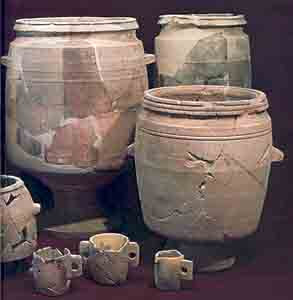Cedars of Lebanon: Exploring the Roots

The Hebrew word usually translated “cedar” is erez . It appears in the Bible more than 70 times. David used it in his palace—supplied by the Phoenician monarch Hiram of Tyre ( 2 Samuel 5:11 ; 1 Chronicles 14:1 ). The Bible refers to the palace as a “house of cedar” ( 1 Chronicles 17:1 ). Israel, then as now, was impoverished in natural resources. As the old joke has it, if only Moses had turned right instead of left, Israel would have had the oil. Israel is also poor in sources of timber necessary in ancient times for the construction of important buildings like palaces and temples. Perhaps the most important sources of timber for these purposes were the famous Cedars of Lebanon.




